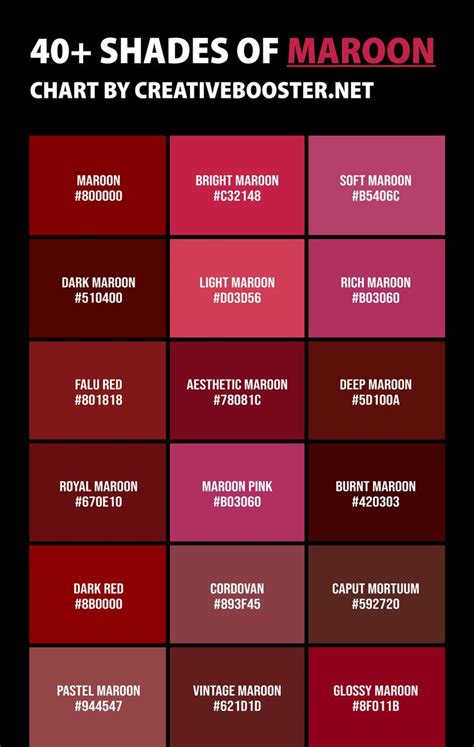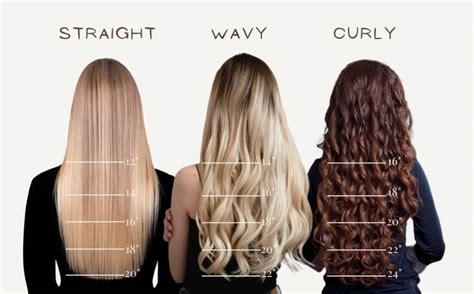## Hair Extensions vs. Hair Toppers

Hair extensions and hair toppers are popular solutions for achieving fuller, longer hair. However, there are key differences between the two methods that determine their suitability for different individuals.
## Hair Extensions
What Are Hair Extensions?
Hair extensions are individual strands or wefts of hair that are attached to your natural hair to add length, volume, or color. They are available in various lengths, textures, and colors to match your desired look.
Types of Hair Extensions
There are several types of hair extensions, including:
- Clip-in: Clip-in extensions are temporary and can be easily attached and removed yourself.
- Tape-in: Tape-in extensions are semi-permanent and attached with adhesive tape.
- Fusion: Fusion extensions are bonded to your natural hair using keratin or glue.
- Sew-in: Sew-in extensions are sewn into your natural hair using thread.
Benefits of Hair Extensions
- Add significant length and volume
- Transform hair color and texture
- Protect natural hair from heat damage
- Versatile styling options
Drawbacks of Hair Extensions
- Can be expensive
- Require regular maintenance and professional installation
- May damage natural hair if not applied properly
- Time-consuming application and removal
## Hair Toppers
What Are Hair Toppers?
Hair toppers are discrete hairpieces designed to cover thinning areas or add volume to the crown of the head. They are typically made of human hair or synthetic fibers and can be custom-fit to blend seamlessly with your natural hair.
Types of Hair Toppers
Hair toppers come in various shapes and sizes to accommodate different hair types and coverage needs. They include:
- 10×12: A small topper that covers the crown of the head
- 10×14: A slightly larger topper that provides more coverage
- 12×16: A medium-sized topper that offers maximum coverage
- 14×18: A large topper that covers a significant area
Benefits of Hair Toppers
- Conceal thinning areas and add volume
- Customize the size and shape for a natural fit
- Less noticeable than hair extensions
- Easy to attach and remove yourself
- More affordable than hair extensions
Drawbacks of Hair Toppers
- Limited styling options compared to hair extensions
- May not provide as much length as hair extensions
- Requires daily maintenance to keep the hairpiece clean and tangle-free
- Base material may be visible if not properly concealed
## Comparison Table
| Feature | Hair Extensions | Hair Toppers |
|---|---|---|
| Coverage | Adds length and volume | Conceals thinning areas and adds volume |
| Application | Professional installation | Self-attachable |
| Maintenance | Regular maintenance | Daily maintenance |
| Visibility | Can be noticeable | Less noticeable |
| Cost | Expensive | More affordable |
| Styling Options | Versatile | Limited |
## Tips for Choosing Between Hair Extensions and Hair Toppers
- Consider your hair type and condition: Hair extensions are suitable for healthy, thick hair that can support the additional weight. Hair toppers are ideal for thinner hair that needs volume or coverage.
- Determine your desired results: Hair extensions offer maximum length and volume, while hair toppers provide natural coverage. Consider your styling goals and preferences.
- Weigh the pros and cons: Compare the benefits and drawbacks of both methods to make an informed decision.
- Consult a professional: Visit a hairstylist or trichologist for personalized advice and guidance.
## Innovative Applications
- Hairline enhancement: Hair extensions or toppers can be used to create a fuller, more defined hairline.
- Volume injector: Toppers can be strategically placed to add volume to specific areas of the head, such as the crown or temples.
- Hair extension overlay: Hair extensions can be integrated with hair toppers to provide additional length and coverage.
## Troubleshooting
Hair Extensions
- Shedding: Use high-quality extensions and apply them properly to prevent shedding.
- Tangling: Brush your extensions regularly and avoid sleeping with them wet.
- Damage: Minimize heat styling and use protective products to protect your natural hair and extensions.
Hair Toppers
- Visibility: Ensure the base material of the topper matches your scalp color and blend seamlessly with your hair.
- Shifting: Use adhesive or clips to secure the topper and prevent it from moving around.
- Cleaning: Wash your topper regularly to keep it clean and fresh.
## Conclusion
Both hair extensions and hair toppers offer effective solutions for enhancing hair volume and coverage. By understanding the key differences between the two methods, you can make an informed decision that suits your individual needs and preferences. Whether you desire dramatic length or subtle volume, these options can empower you to create a confident and beautiful head of hair.
